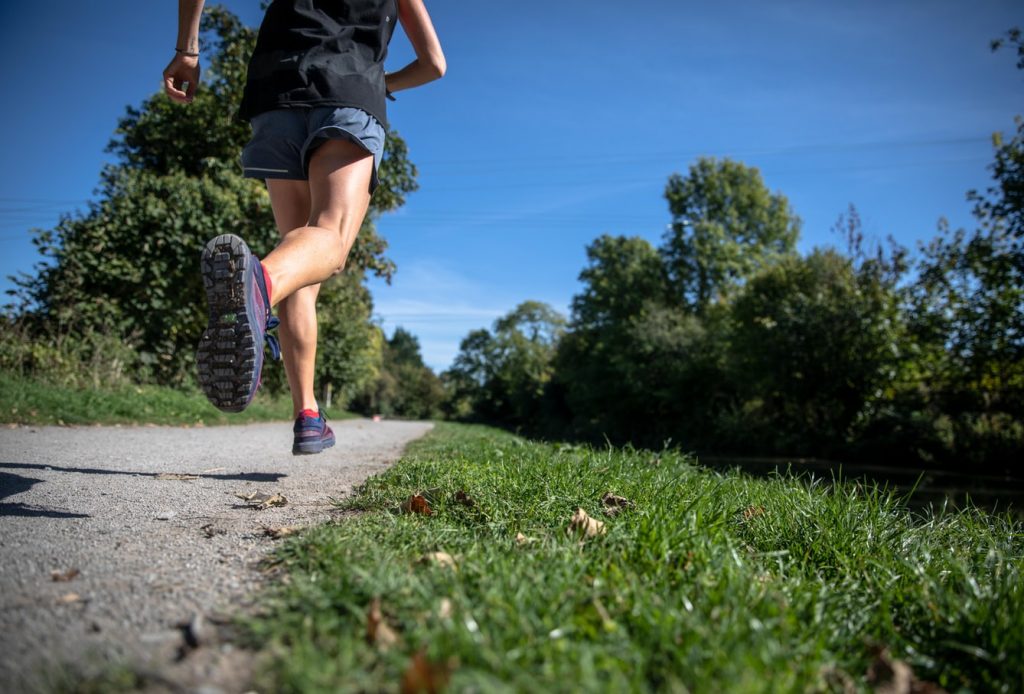Imagine that you are at home and today you have thought about going out to train, but yesterday you also went out and hit yourself a big beating, do I go out to train or do I stay at home resting? That is the question. We must know well what is the balance between career and rest, otherwise, we can fall into overtraining or do a poor training that does not give us benefits.
How many days a week to rest in a running workout?
This question is very relative and many things have to be taken into account. The first thing we need to know is what our initial level is because a very trained person has only a few hours to recover, and yet a newcomer with a light jogging session will need some other day to recover. We can establish the following table for guidance:
In this way, a person who starts running practically needs a day of rest for each day of training, however lazy it may be. On the other hand, a very trained person can spend the week with practically no rest day or doing active rest day, depending on the type of training that week touches him.
The feelings you have after training are also very important. If the day after a hard training we notice that we are not fully recovered another training can leave us KO The same happens with the injuries: if the day we have to run we feel some discomfort from the previous day, we better stay still at home.
When is it better to rest?
Logically, the body needs more rest time the harder the training has been since it needs room to recover energy deposits and repair damaged tissues, which is called training super-compensation.
The race training can be of several types, depending on its intensity and quality we can establish whether the next day it is convenient to rest or not:
Of course, each section has nuances, and above all, it will depend on the intensity of training. As a general rule, intense training involves rest the next day and training of less quality does not. We must also take as a rule that the day we have more work or more tired we finish our daily chores we will take it as a rest.
If for any reason we notice any muscle or joint discomfort at the end of a workout it is better to take the day off to heal in health. Better to lose a couple of days of training than to injure ourselves and lose a month. Pain is only a warning from the body that something is wrong and needs rest.
What to do on rest days?
The day we do not train we have several options, but all of them aimed at improving and complementing the workouts. One of the first things is to take advantage of the break day to make a good stretching session. The cyclic gesture of the race can shorten and reduce the range of movement of some joints, which is why stretching is basic for the runner.
As we said before, we can also take the opportunity to take active rest and gently practice another type of sport: swimming, cycling, tennis … Varying the usual sporting gesture is not over and has other benefits such as toning those muscles that We use less or improve inter and intramuscular coordination.
The food the day of rest is also important to make sure we cover all the needs in terms of quantity and quality of the diet. A correct diet shortens recovery times, which is what they call invisible training.
It is also worth doing a review of our training to fit the needs and take a look at the training diary: weekly kilometers, days of weight training, stretching or also check the equipment to check that the shoes still have cushioning or Heart rate monitor works correctly.

